2024 Milton Fisher Scholarship for Innovation and Creativity Winners
An invention that improves movement in a prosthetic ankle and a documentary film about sea level rise in Costa Rica are among the 14 innovative projects of college-bound students who were recognized by the annual scholarship award.
New Haven, Conn. (Aug. 22, 2024) - The Community Foundation for Greater New Haven, the region's largest grantmaker and charitable endowment, is pleased to announce nine winners of the 2024 Milton Fisher Scholarship for Innovation and Creativity. These students developed distinctive solutions to problems encountered in their schools, communities, families or the world. Five high school students also received honorable mention awards for their work.
While each application submitted for consideration highlighted a creative project, scholarships were awarded to the candidates who demonstrated significant innovation and whose projects have the greatest potential impact. The winners were recognized for projects involving the arts, science, technology and social action. Scholarship awards range from $1,000 - $5,000 per year and are renewable for up to four years.
Scholarship Recipients
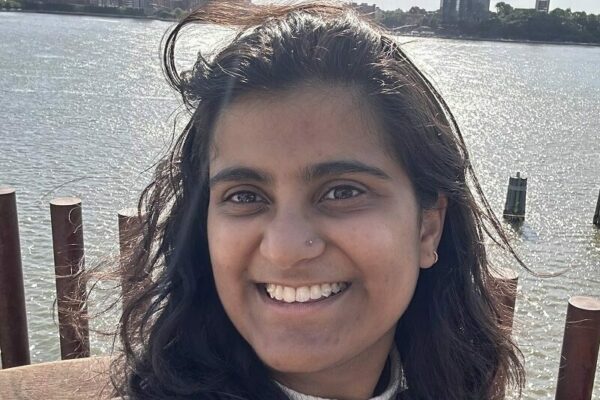
Aditi Bhattamishra
(Amity Regional High School, Woodbridge, Connecticut)
Many amputees share the opinion that the most expensive, state-of-the-art prosthetic limbs are inaccessible and have consistently poor battery efficiency. Aditi wants to change that. Through a three-year process, which included rigorous proof-of-concept testing, math-based simulations, and prototype testing, she created a novel low-power, low-cost, high-efficiency electrohydraulic actuator for advanced and enhanced prosthetic joint movement, focusing on ankle prosthetics. Aditi will pursue a degree in Mechanical Engineering at Worcester Polytechnic Institute.
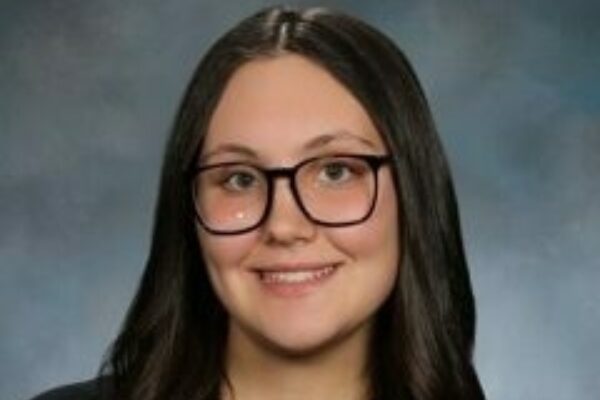
Shaye Bundonis
(Watchung Hills Regional High School, Warren, New Jersey)
Shaye wanted children with disabilities to have fun playing with the same toys enjoyed by children without disabilities —but pushing the small buttons that make many of these toys work can be a real obstacle. Shaye's solution was to outfit over 30 battery interrupters to make them switch accessible for children with fine motor deficits. She created an Amazon wish list for a donation drive, and soon her front porch and dining room table were filled with toys for her to adapt. Shaye donated the adapted toys to special needs programs in her community, and her work was featured at the National Occupation Therapy Conference. Shaye plans to study nursing at the College of New Jersey.
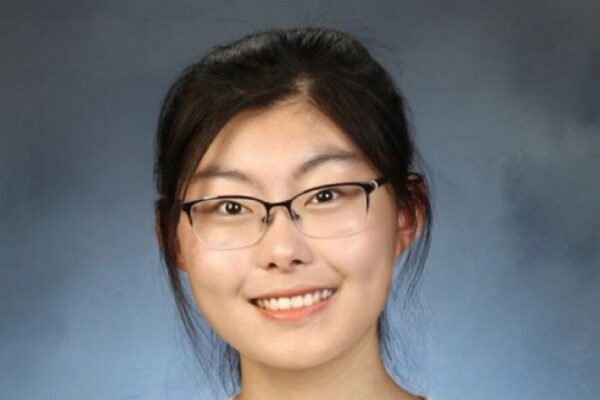
Lynn Dai
(Saratoga High School, Saratoga, California)
Lynn knew people tended to assume that lessons she learned in her biochemistry lab and the Chinese herbs that filled a mini-fridge in her home belonged in very separate worlds. Suspecting that there were correspondences between herbs in her family fridge (whose uses she studied in a local Chinese medicine school), and the medicines that were prescribed by doctors had more in common than not, Lynn used genetic biomarkers to translate these bodies of knowledge in terms that would be intelligible to practitioners of both Chinese and Western medicine. Her successful experiments using Chinese herbs to alleviate psoriasis inflammation in planaria led her to seek other ways, including collecting family histories, to bridge gaps between Chinese and Western medicine. She plans pursue two majors– History of Science, Medicine, & Public Health, and Molecular Biophysics & Biochemistry—at Yale University.
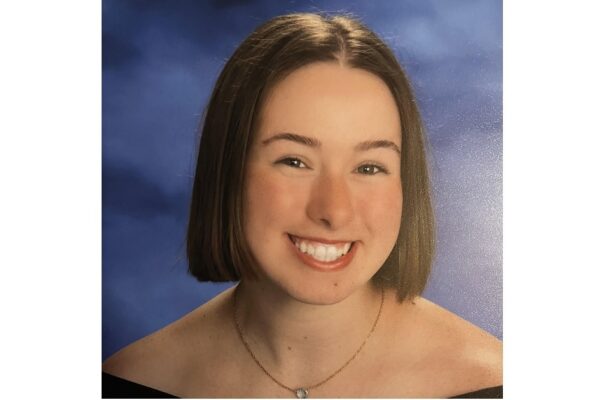
Nora Kane
(Lynbrook Senior High School, Lynbrook, New York)
As an intern in the Electron-Ion Collider (EIC) development group at Brookhaven National Laboratories, Nora was able to pursue her passion for physics. With the knowledge that no methods existed to effectively determine the chromaticity of high energy beams in real time, Nora developed a novel method for determining the chromaticity of an accelerator beam in a timely manner using machine learning such that scientists could ensure the proper orientation of particles in advance of collision. Nora also created a web application for labs to use in their particle accelerators, thus allowing for the fast and free prediction of chromaticity for any lab interested in running high energy particle accelerator experiments. Nora plans to attend the California Institute of Technology and major in Physics/Computer Science.
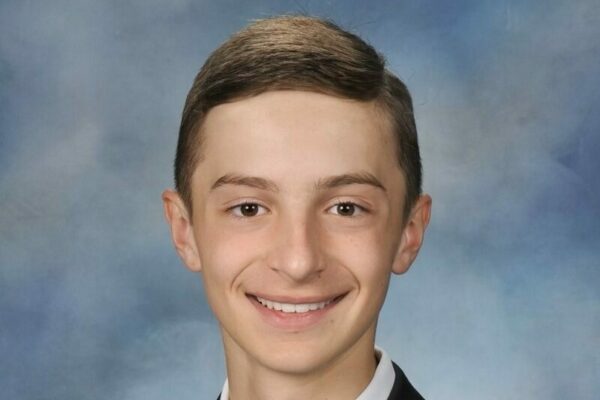
James Nagler
(Garden City High School, Garden City, New York)
Concerned about his grandmother’s loss of visual acuity, James used his knowledge of circuit boards to create custom designed glasses that use a variety of sensors, such as LIDAR, AI object recognition, bone conduction, and vibration motors. The glasses, which are low-cost and fit into a standard eyeglass case, can map an entire environment in 3D, track the user’s position, and most importantly autonomously navigate them through the environment. James plans to pursue a degree in Computer Science & Electrical Engineering at the Massachusetts Institute of Technology.
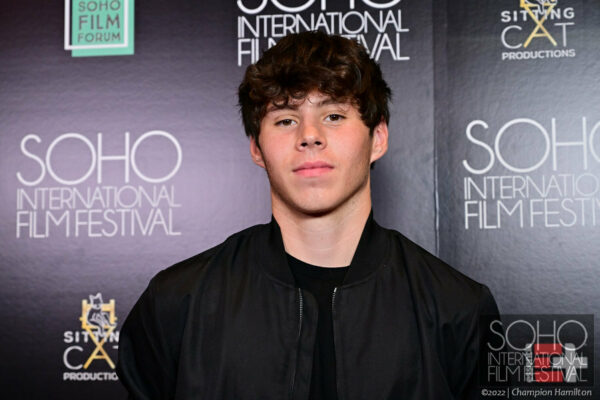
Massimo W. Soto
(Freshman at University of Southern California)
Massimo became aware of the fact that Costa Rica, a bicoastal place of great biodiversity with an economy that runs on tourism, was suffering greatly from sea level rise caused by the carbon emissions of other countries (like the US)—but he knew that there was relatively little awareness of this story outside Costa Rica. To shine a spotlight this problem, he traveled across Costa Rica interviewing marine biologists, hotel owners, conservationists, tourism officials, educators and others in Spanish to produce a compelling, award-winning English-language documentary that dramatizes the environmental impact of sea level rise in innovative and compelling ways. He is majoring in Film & TV Production at the University of Southern California
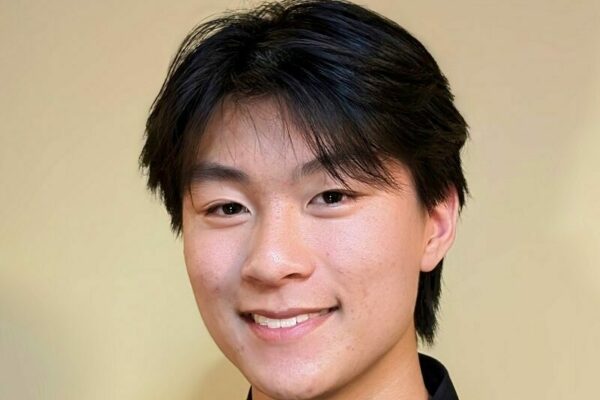
Edmund Tsou
(Briarcliff High School, Briarcliff Manor, New York)
When his grandfather was hospitalized with a serious health condition and was rendered paralyzed and unable to communicate as a result of surgery, Edmund was determined to find a way to bypass the need for muscular movement in order to talk. After researching brain-computer interfaces, Edmund created a low-cost, high-speed and non-invasive system using commercial equipment that allows paralyzed patients to communicate using their brainwaves. He hopes to continue learning how current biomedical technologies directly impact patient care as he enters Johns Hopkins University as a Biomedical Engineering student.
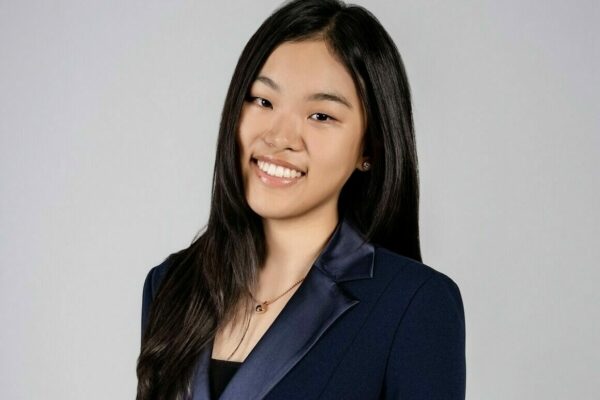
Hanah Youn
(Roslyn High School, Roslyn Heights, New York)
During the COVID-19 lockdown there was a significant increase in screen time due to the shift to a predominantly virtual environment. This shift sparked Hanah’s curiosity about blue light glasses and their effectiveness in shielding against harmful blue light radiation. Upon researching, she discovered that there was little clinical evidence supporting the efficacy of existing market models, which only provided about 5% protection. Motivated by a desire to address this issue innovatively, Hanah created a blue light glasses prototype using a dichroic optical filter that provides 95% shielding capability. To accommodate varying user needs, especially those already wearing prescription glasses, Hanah designed an adaptable, lightweight, clip-on mechanism for the lenses. Hanah plans to attend Harvard College and major in Neuroscience and International Relations.
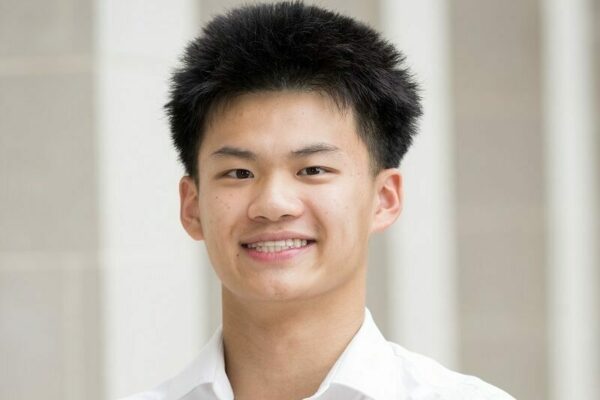
Eason Zhang
(Housatonic Valley Regional High School, Falls Village, Connecticut)
Eason Zhang was interested in reducing the carbon footprint of his family’s Chinese restaurant, finding way to help reduce hunger in his community, and helping family members pay their college tuition. He creatively addressed all three challenge at once by creating two businesses, Ducks for Hunger and Shanghai Sushi Academy. Eason feeds food waste from his family’s restaurant-- vegetables, fruits and grains that would otherwise go to waste—to his flock of ducks, and then supports hunger-fighting charities in his community with the funds he raises by selling the high-quality duck eggs. He also uses cucumber, avocado and cuts of fish his family restaurant does not use to train aspiring chefs in sushi-making, using the proceeds to help family members pay for tuition. Eason plans to study business at Brown University.
2024 Honorable Mentions
Oyinkansola Adebomojo
(Brookwood High School, Snellville, Georgia)
After noticing smaller Latin class sizes and club membership and participation dwindling compared to before the pandemic, Oyinkansola decided to reinvigorate his classmates’ interest in the classics by creating a murder mystery party game where an Ancient Roman Wedding goes wrong. The game has 25 unique characters, 5 different main storylines leaving 5 different possible killers, and various subplot storylines and clues. The game’s success was evident in the exponential growth of the high school’s Latin club membership, from 20 to over 150 members in one year. In addition, Oyinkansola was asked to adapt the game for middle school students so it could be played at a statewide convention. Oyinkansola plans to attend Yale University and major in either Neuroscience or Cognitive Science.
Rchin Bari
(Essex County Newark Tech, Newark, New Jersey)
Combining innovation and STEM, Rchin developed VroomVolt, a highway energy system converting sound vibrations from the road into electricity through a series of cells and wires. This system includes aluminum springs to facilitate vibration transfer, neodymium magnets for electromagnetic induction, and copper coils to generate electrical currents. The electricity generated can power various applications, such as charging lamp posts or potentially fueling a highway that can charge electric cars that drive on it. Beyond its technical aspects, VroomVolt also reduces noise pollution and benefits ecosystems and biological life forms such as bees. Rchin will pursue a major in Biophysics at Brown University.
Varshith Basa
(Connetquot High School, Bohemia, New York)
Intrigued by the possibility of microbial life in Venus' thick atmosphere, Varshith created a device that can collect microorganisms and gases in the atmosphere without contamination for later analysis in a lab. After successful ground testing of the device, Varshith collaborated with Raven Aerostar to fly the prototype on a high-altitude balloon and was thrilled to discover traces of DNA and evidence of different gases in the collected samples. Varshith plans to major in Aerospace Engineering at Rochester Institute of Technology.
Lauriann Burt
(Cooperative Arts and Humanities High School, New Haven, Connecticut)
Lauriann came up with a creative form of Cognitive Behavioral Therapy to help reduce the urge to self-harm, a problem commonly faced by members of her generation dealing with challenges to their physical and mental health. Using inexpensive, widely available items to visually and physically simulate the scars of self-harm, she concocted Special Effects stage make-up that turned out to be an effective deterrent. Lauriann plans to pursue a degree in Biology at Connecticut College.
Ronald Feng
(Rye Country Day School, Rye, New York)
It is estimated that there are 70,000 wildfires every year in the United States, causing significant danger to humans, both from property damage and health implications. Interested in finding a way to improve existing models of wildfire prediction, Ronald utilized wavelets in machine learning models to enhance the predictive power of both non-image and image data. His approach of exploring wavelets and quantum computing in the sphere of environmental science is innovative and can be used to inform a better response to wildfire risk. Ronald plans to pursue a degree in Statistics at Cornell University.
About the Milton Fisher Scholarship
The Milton Fisher Scholarship for Innovation and Creativity was established in 2003 at The Community Foundation for Greater New Haven by the Reneé B. Fisher Foundation. The scholarship was created to reward and encourage innovative and creative problem-solving. High school seniors and college freshmen from Connecticut and the New York metropolitan area, or students who will be attending college in those areas, are eligible to apply.
A complete of set of guidelines and a link to the online application is available here. For more information. Please email here.
Milton Fisher was born and educated in New York City and was a Connecticut resident from 1960 until his death in 2001. He was an attorney and an investment banker who also taught a unique course for adults called "Applied Creativity" for over 25 years. His deep interest in the roots of creativity, and the many exercises he developed to help people become more innovative and creative in their lives, also led him to write the book "Intuition: How to Use it in Your Life," which has been translated into several languages. Fisher also served on the boards of several public companies and wrote two books about Wall Street.
The Milton Fisher Scholarship is one of dozens of scholarships administered through The Community Foundation for Greater New Haven. Thanks to the generosity of three generations of donors, The Community Foundation for Greater New Haven is composed of hundreds of individually named funds and distributes millions of dollars in grants annually to build a stronger Greater New Haven region. The Foundation’s 20-town service area includes: Ansonia, Bethany, Branford, Cheshire, Derby, East Haven, Guilford, Hamden, Madison, Milford, New Haven, North Branford, North Haven, Orange, Oxford, Seymour, Shelton, Wallingford, West Haven, Woodbridge. For more information about The Community Foundation, visit www.cfgnh.org, find us on Facebook at www.facebook.org/cfgnh or follow us on Twitter at www.twitter.com/cfgnh
Contact:
Matthew Higbee
Director of Communications
The Community Foundation for Greater New Haven
Email
